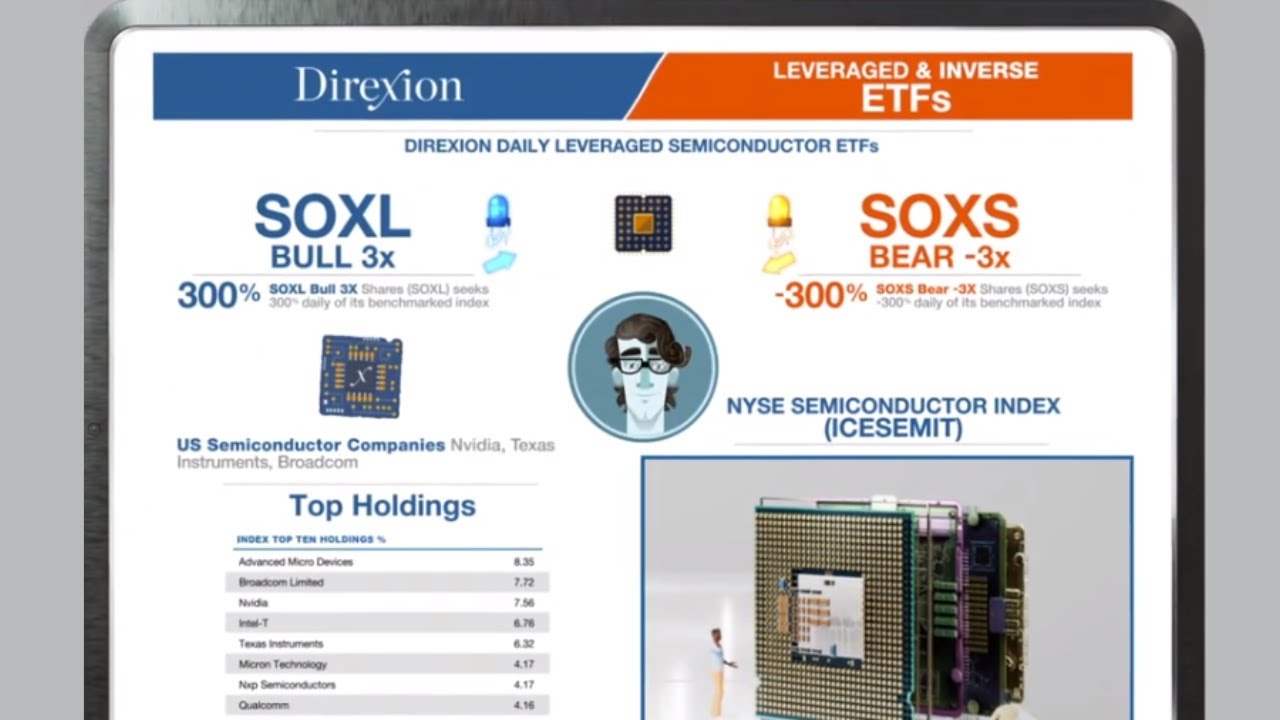Although your investment results may seem random, they aren’t. In reality, your portfolio’s performance is directly influenced by a number of decisions you’ve consciously or unconsciously made. Let’s examine the factors driving your returns.
Your Asset Mix
Back in the 1990s, Gary Brinson’s landmark study highlighted the acute impact of a portfolio’s returns by how its assets are distributed. For example, a portfolio with the bulk of its exposure to stocks will be more volatile compared to a fixed income portfolio. Likewise, an equity-heavy portfolio will share similar characteristic to the broader stock market (NYSEARCA:VT).
Get your latest quarterly long/short ETF Guide
Although Brinson overstated the importance of asset allocation by arguing 90% of investment returns are exclusively attributable to a portfolio’s asset mix, his point about asset allocation being a key performance influencing factor isn’t missed.
Your Investment Costs
Think about investment costs as race between two horses. If the jockey on horse A weighs 100 lbs. while the jockey on horse B weighs 200 lbs., which horse are you going to place your bets on? Clearly, horse A – with the 100 lb. jockey – has a much lighter load and better odds of winning. Similarly, investors with lower costs, have a better chance at obtaining satisfactory results.
Got a late start saving for retirement? Our online classes will teach you what to do
How much is your investment portfolio costing you to manage? There are many costs that need to be calculated. If you own mutual funds, those products will contain an expense ratio, but the costs don’t stop there. The portfolio’s trading costs, usually disclosed in the annual report, are another cost.
If you own ETFs and stocks, the brokerage commissions for buying and selling comes right out of your pocket. Although some brokerage firms offer a menu of commission free ETF trading, many funds on the menu may have higher expense ratios compared to lower cost alternatives that carry a commission charge. Bottom line: High investment costs will lower your returns.
Your Taxes
Many investors make the fundamental mistake of over-stuffing their tax-deferred accounts like 401(k) and traditional IRA. Although they’re deferring taxes until retirement, they aren’t completely eliminating taxes nor are they protecting themselves against the high probably of substantially higher taxes in the future. Using Roth IRAs and Roth conversions to reduce tax liabilities can help you to keep more money in your own pocket versus the government’s.
For taxable investment accounts, long-term gains are more desirable compared to short-term gains. Why? Because if you hold an asset less than a year and sell for a profit, it’s taxed at ordinary income rates which range from 10% on the low end and peak out at 37%. In contrast, long-term gains for assets held one-year or longer are taxed at just 0% for the two lowest U.S. tax brackets, 15% for the five middle brackets, and top out at just 20% for the highest two tax brackets. Bottom line: Long-term gains, from a tax perspective, are much better than short-term gains. The less you pay in taxes, the more of your investment gains you keep!
Summary
Your investment results aren’t accidental. Rather, they are a direct result of your portfolio’s asset mix, plus how well (or poorly) you minimize taxes and investment costs.



